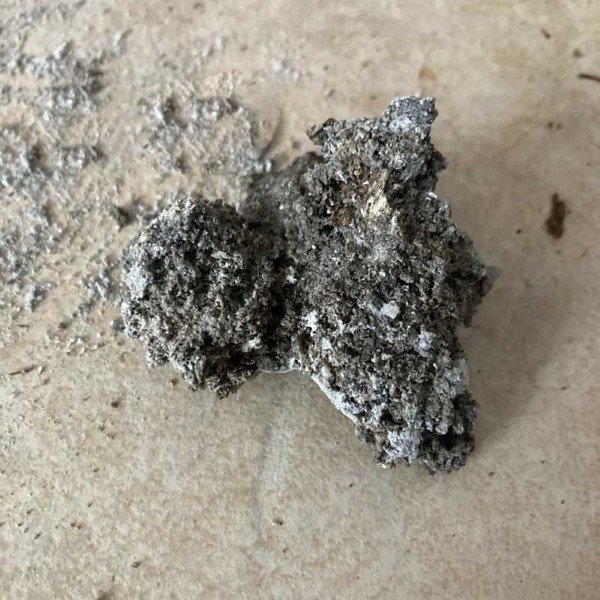Estimated reading time: 0 minutes
Why Is Anti-Slagging Crucial for Biomass Burners?
The prevention of slagging (ash deposition or coking) in biomass burners is critically important for the following reasons:
1. Maintaining Combustion Efficiency
- Slagging deposits can coat burner surfaces, hindering proper contact between fuel and oxygen, thus reducing combustion efficiency.
- Incomplete combustion leads to heat loss, increased fuel consumption, and higher operational costs.
2. Extending Equipment Lifespan
- Slagging can corrode internal components (e.g., furnace, heat exchangers), accelerating wear and tear.
- Severe slagging may cause blockages, damaging critical parts (e.g., nozzles, air supply systems).
3. Reducing Maintenance Costs
- Slagging requires frequent cleaning, increasing labor and maintenance expenses.
- Regular shutdowns for cleaning disrupt production continuity and reduce equipment availability.
4. Lowering Pollutant Emissions
- Slagging leads to incomplete combustion, producing more CO (carbon monoxide), unburned carbon particles (soot), and VOCs (volatile organic compounds), contributing to environmental pollution.
- Compliance with environmental regulations (e.g., PM2.5, NOx emissions) requires optimized combustion to minimize slagging.
5. Ensuring Operational Safety
- Slagging can cause localized overheating, blockages, or even fire hazards due to uncontrolled combustion.
- Some biomass ash (e.g., from rice husks, straw) contains low-melting-point compounds that form sticky slag deposits, making them harder to remove.
How to Prevent Slagging?
- Optimize Fuel Selection
- Use biomass fuels with low ash and low alkali metal content (e.g., wood pellets).
- Avoid high-chlorine or high-sulfur fuels (e.g., certain agricultural residues) to reduce corrosion and slagging risks.
- Improve Combustion Technology
- Adopt staged combustion (e.g., gasification) or high-temperature combustion (>1000°C) to reduce tar and carbon buildup.
- Adjust the air-to-fuel ratio to ensure complete combustion.
- Use Anti-Slagging Additives
- Apply additives like kaolin or alumina to raise the ash melting point and reduce sticky slag formation.
- Enhance Equipment Design
- Implement rotating grates, vibration ash removal, or other mechanisms to minimize ash accumulation.
- Use high-temperature and corrosion-resistant materials (e.g., ceramic linings).
Our biomass burner is revolutionizing the way businesses approach energy production. With high combustion
efficiency, minimal maintenance requirements, and state-of-the-art baghouse filter technology, our solution is
setting new standards in clean energy generation. Choose our biomass burner today and experience the benefits of
efficient, eco-friendly energy!

